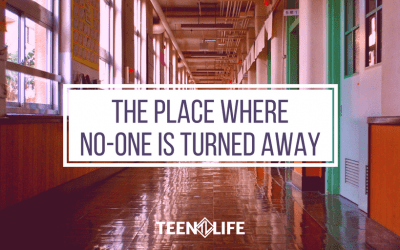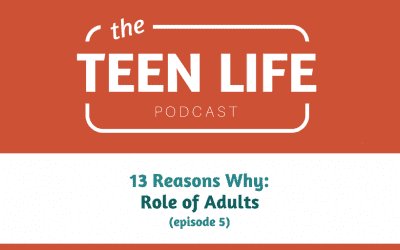A couple of weeks ago, we had a huge problem. My son, Sawyer, was refusing to go to sleep at night. Overnight, he went from going to bed in minutes to standing up in his crib, screaming unless he was being held. Until this time, we have been spoiled by his sleeping habits, so when they suddenly changed, I was desperate. After a couple of nights of rocking him every 15 minutes and then eventually crawling in his crib until he fell asleep, I asked for help. I asked good friends, my mom, and even put it out on Instagram to get the advice and wisdom from my fellow mom friends. This is not something I often do, but after all the great wisdom I got, I wondered, “Why don’t I usually ask for advice or help?” Other than your spouse or very best friend, how often do you share trials, struggles and doubts with the people in your circle?
Parenting Articles and Episodes
Parenting teenagers can be tough, but you are not alone! Connection is key to creating an atmosphere of trust and belonging in your home. We’ll help you keep a pulse on the latest tips and trends in teen culture to help you understand and connect with the teens in your house.
Teens need champions. Be one.
Every teen deserves an adult who believes in them. Our newsletter is packed with updates on teen life, free resources, and practical ways to build stronger, more supportive relationships with the young people you care about. When you grow, they thrive.
Subscribe today — because one caring adult can change everything.





